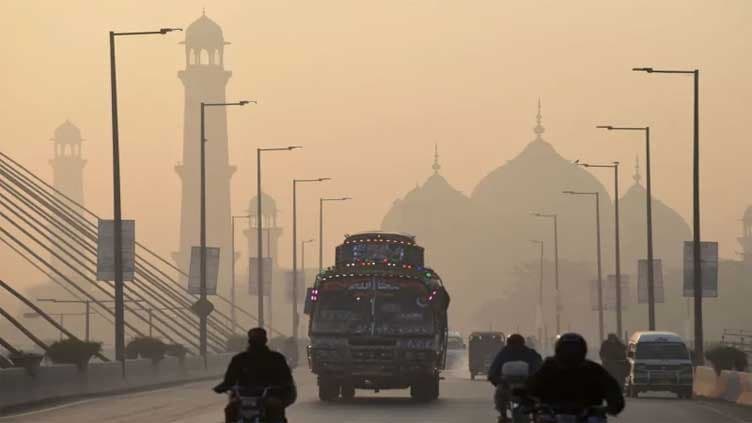LAHORE – Lahore’s air quality has deteriorated significantly, with the Air Quality Index (AQI) reaching a dangerous level of 264, classified as “very unhealthy.”
The main pollutant in the city’s air is PM2.5, with concentrations measured at 189 µg/m³, according to Swiss air quality technology company IQAir.
This level of pollution poses serious health risks, particularly for sensitive groups such as children, the elderly, and individuals with pre-existing respiratory or heart conditions. Residents are urged to limit outdoor activities and take necessary precautions.
The IQAir has ranked Lahore among top 10 most polluted cities in the world on October 14.
On October 13, 2025, at 10:00 PM PT, Lahore, Pakistan, is experiencing very poor air quality. The AQI is over 200, classified as “very unhealthy,” with PM2.5 concentrations dominating.
The daily forecast suggests that Lahore’s air quality has remained in the “unhealthy” range for most of the past 30 days and is expected to stay the same over the next few days, with AQI levels predicted at 151 on Wednesday, 157 on Thursday, and 157 on Friday.
Earlier this month, the Punjab government introduced large-scale smog cannons designed to release strong jets of ultra-fine mist into the air to reduce harmful pollutants clouding Lahore’s atmosphere.
Punjab Chief Minister Maryam Nawaz authorized the deployment in response to warnings of an impending severe smog season. Each winter, a toxic haze envelops the region, trapping millions in hazardous air conditions, leading to school closures, transportation disruptions, and an influx of patients suffering from respiratory issues.

